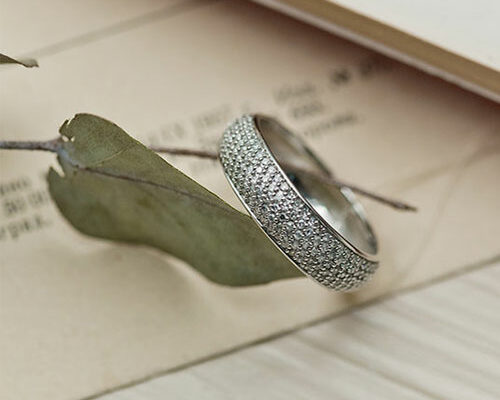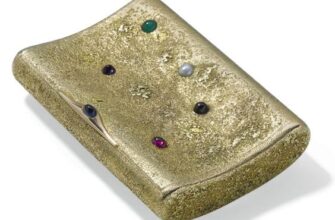Diamonds are one of the most popular and expensive gemstones in the world. It's all about their unique characteristics: reference hardness, resistance to various aggressive media and special optical properties. Despite the prevalence of the mineral, the active study of its physical and chemical properties, today most admirers know very little about diamonds. Here are 12 amazing facts about diamonds that will help you look at them from a new angle.
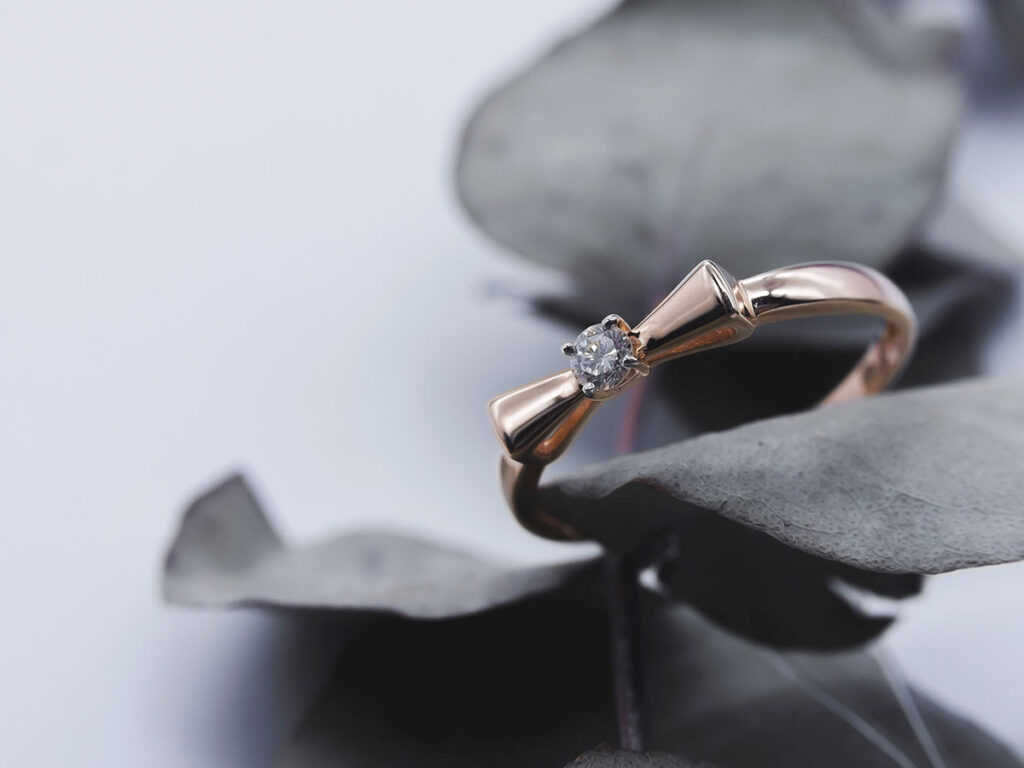
Fact No. 1
In ancient times, each nation had its own name for the diamond. The Greeks called it adamas, the Romans - diamond, the Arabs - almas, and in Russia there were two options borrowed from the Greeks - adamas or adamant.
Fact No. 2
Diamonds were first discovered in India and then in Brazil. In earlier times, diamonds were also mined in countries such as: South Africa, Angola, Botswana, Namibia and Congo. Today, diamonds are also mined in Guinea, China, Tanzania, Côte d'Ivoire, Central Africa, Canada and Australia, and the top three world centers include: Botswana (24 million carats), Russia (17,8 million carats) and Canada ( 10,9 million carats).
The first diamond in Russia was found in 1829 in the Urals. A serf worker was washing gold and suddenly discovered a diamond. In 1897, deposits of the precious stone were found in Siberia. After a long search, the largest deposits were found in Yakutia.
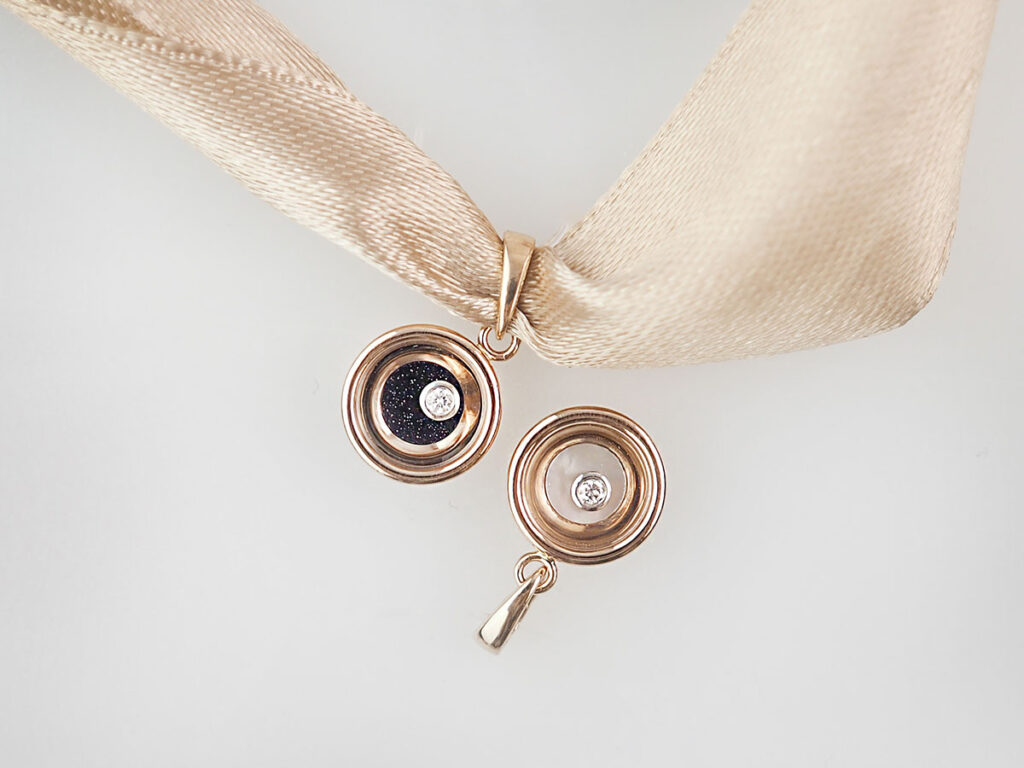
Fact No. 3
Diamonds are formed at a depth of 100–200 kilometers underground at a temperature of 900–1300 degrees Celsius and a pressure of about 4–6 GPa (40–000 atmospheres). These conditions turn the brittle form of carbon (graphite) into the hardest mineral on earth, diamond. It has a 60 point, maximum hardness on the Mohs scale, a very high melting point (000 degrees Celsius) and a boiling point (10 degrees Celsius).
Under the influence of volcanic eruptions in the earth's thickness, huge vertical columns emerging on its surface are formed - "explosion tubes" filled with igneous rocks. Such pipes are called kimberlite and are the main source of diamond mining. The first of these deposits was discovered at the end of the 19th century in the Republic of South Africa, in the province of Kimberley, hence the name of this geological phenomenon.
Fact No. 4
The age of diamonds, according to some studies, can be from 100 million to 2,5 billion years.
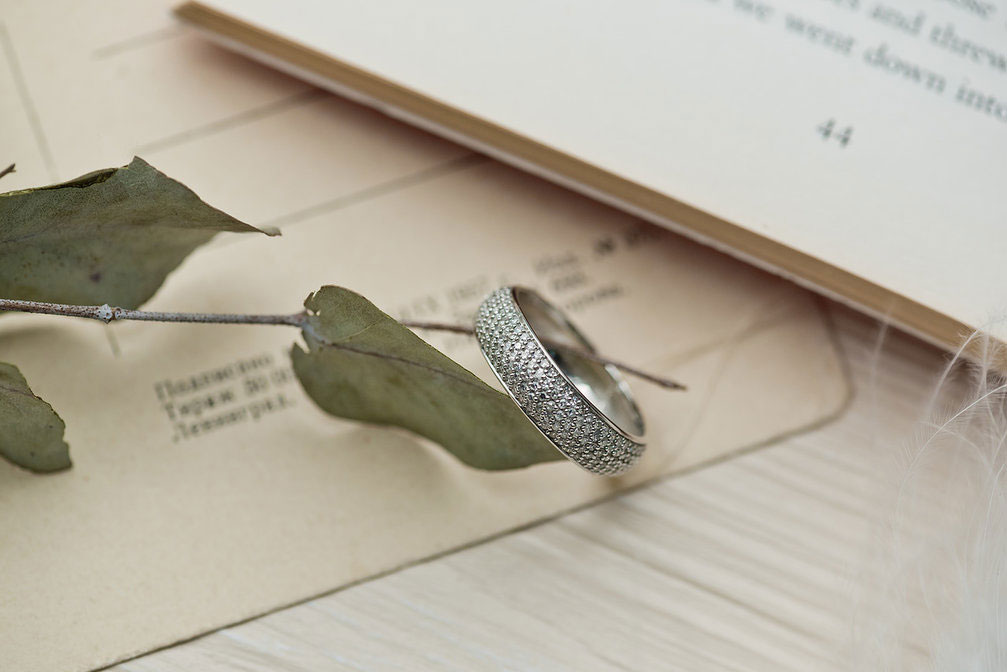
Fact No. 5
A diamond is a cut diamond. On average, during processing, each mineral loses about 50% or even more of its original weight. So, in 1990, a diamond weighing 777 carats was found in the Democratic Republic of the Congo. After cutting, it became a pear-shaped transparent diamond weighing 203,04 carats. The stone belongs to the jewelry house De Beers and bears the name "Star of the Millennium".
Fact No. 6
About 80% of all mined world diamonds are not suitable for use in jewelry, because they have a heterogeneous structure and inclusions, cloudy or opaque color. Such stones are widely used in mechanical engineering, stone-cutting, watchmaking and jewelry (for cutting diamonds), the manufacture of medical devices, because due to their hardness they are best suited for carving, grinding and polishing any other materials.
Fact No. 7
In nature, most often you can find diamonds of a pale yellow hue, but depending on chemical impurities, they can have saturated black, brown, blue, blue, green, orange, red, purple and pink colors. Let us explain: 99% of a diamond consists of carbon, and 1% of other elements: chromium, manganese, boron, silicon, uranium, thorium, nitrogen and others, which determine the color of the stone. A colorless transparent diamond is a rare occurrence, and diamond jewelry of such high quality is a very valuable item in the jewelry market.

Fact No. 8
The largest diamond in the world - "Cullinan", or "Star of Africa" - found in 1905 in Africa. The mineral had exceptional purity and a blue-white hue, the mass was 3106,75 carats (621,35 grams), and the dimensions were 100x65x50 mm. The mined stone was named after Sir Thomas Major Cullinan, the owner of the mine. From the Cullinan, 2 huge, 7 large and 96 small diamonds were obtained.
Fact No. 9
The world's most expensive diamond, the Pink Star, is the largest of the pink-colored minerals, weighing 59,6 carats. The stone was sold in November 2013 at Sotheby's for $83 million, breaking the all-time diamond price record.
Fact No. 10
To obtain a diamond weighing 1 carat, it is necessary to mine and wash about 250 tons of diamond-bearing rock. According to other calculations, an average of 1 carat of diamonds is extracted from 1 ton of rock from primary, primary deposits (these are the already mentioned kimberlite pipes). From secondary deposits, or placers, 3–5 carats per 1 ton are obtained. This is evidence of how precious and rare these stones are, and how costly and laborious the process of their extraction is.

Fact No. 11
Modern artificial diamonds have the same chemical structure and physical properties as those mined from the bowels of the Earth. Even professional gemologists cannot always distinguish synthetic from natural minerals without rigorous testing using special equipment.
Fact No. 12
Many are under the delusion that the first among the stars of world cinema was Marilyn Monroe, who rented jewelry to appear on the red carpet. In fact, the famous blonde was ahead of her colleague in Hollywood - actress Jennifer Jones, the star of the films "Bernadette's Song" (1943) and "Duel in the Sun" (1946). Her look at the Oscars in 1944 was complemented by Harry Winston diamond earrings with floral motifs in the design. On the official website of Harry Winston, this event is mentioned as a significant fact in the history of the jewelry house.
